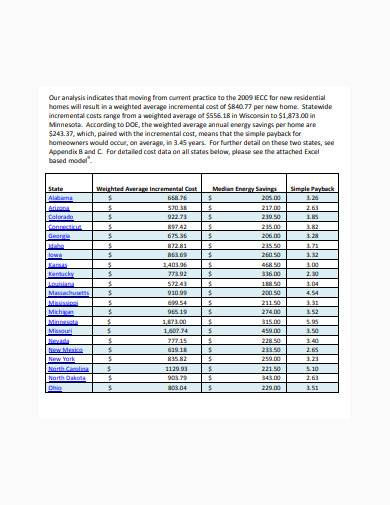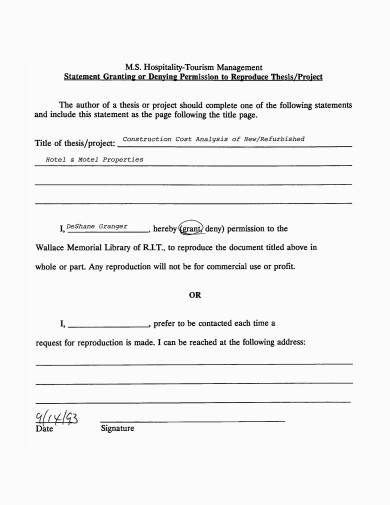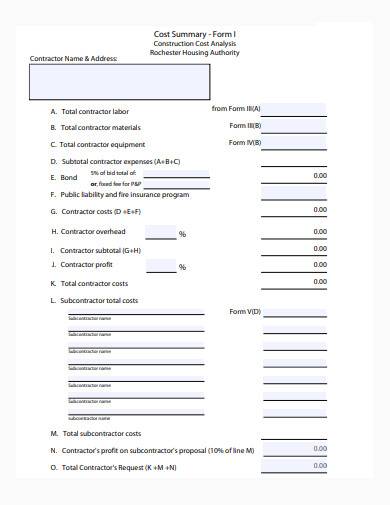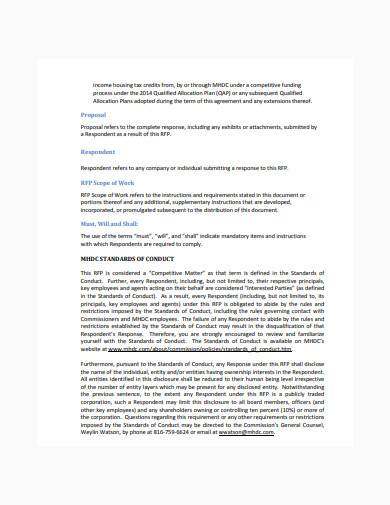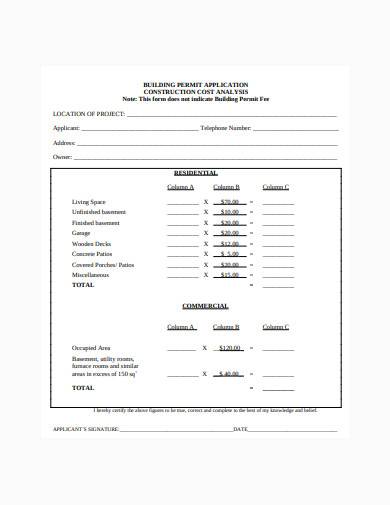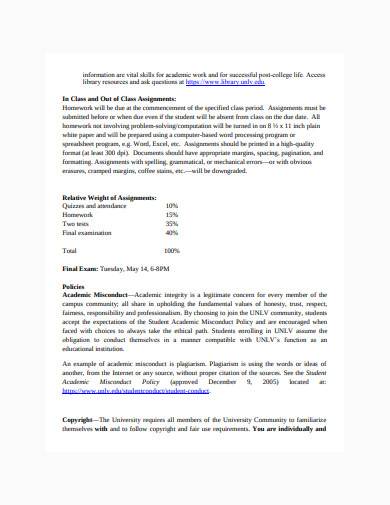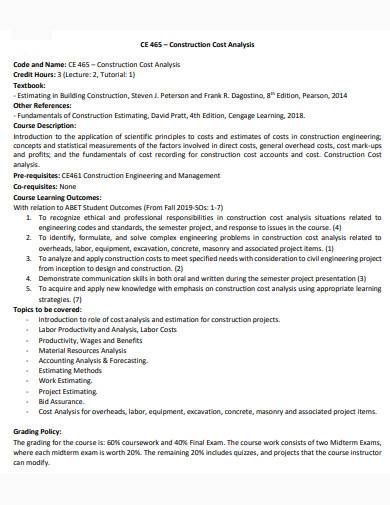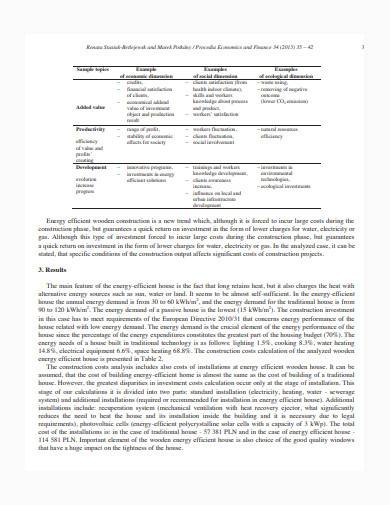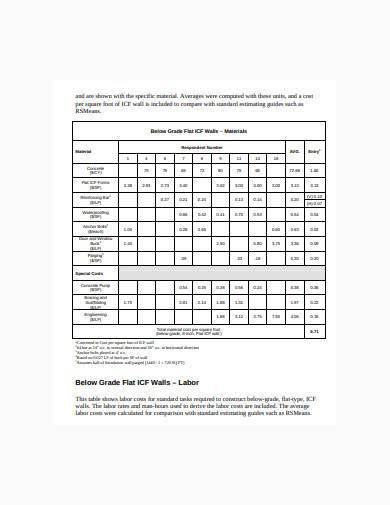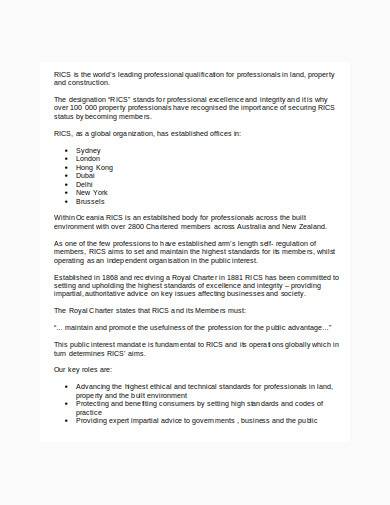When stripped bare of any highfalutin words, complicated concepts, and meticulous formulas, the roots of both the business and construction industry have two distinct parts: resource procurement and damage mitigation. Resource procurement involves acquiring beneficial commodities such as project funding, revenue, goods, and service. On the other hand, damage mitigation aims to reduce threats, utilizes effective risk management, and surpasses financial hurdles through a construction cost analysis.
Construction Cost Analysis Template

Home Construction Cost Analysis Template
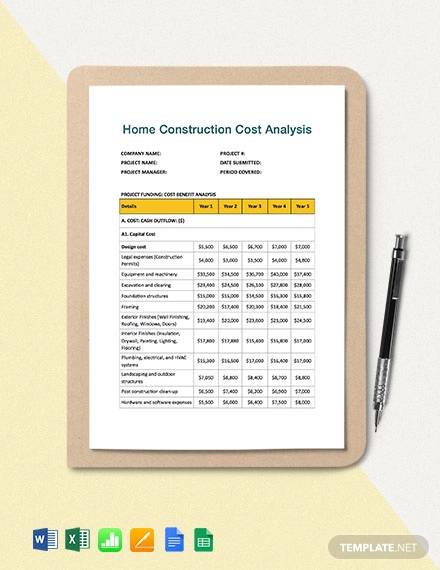
Free Sample Home Construction Cost Analysis Template
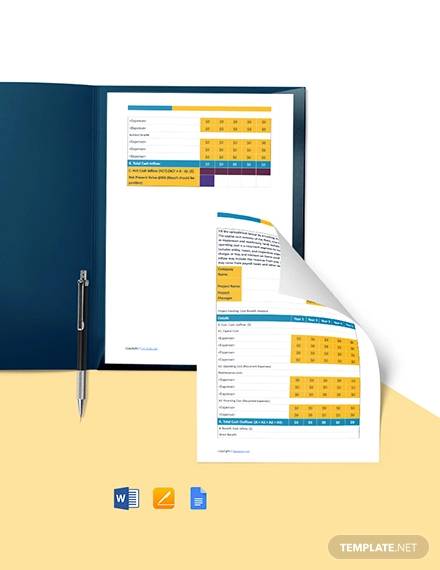
Free Sample Construction Project Cost Analysis Template
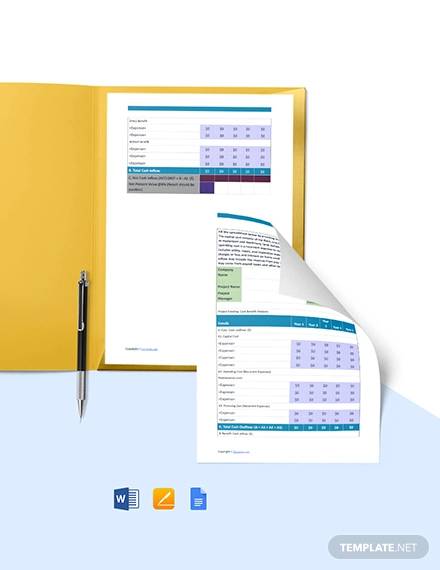
What Is a Construction Cost Analysis?
There’s this old saying, “a penny saved is a penny earned,” and it’s one of the more underrated sayings out there. Despite this old saying’s more common usage at a much smaller scale, its core principle still applies to high-and-mighty corporations of today. However, with the modernization of business ventures, more formidable challenges arise and, consequently, more impactful solutions are needed. In fact, the dilemma that many businesses—big and small alike—and the construction industry face today is finding ways to generate profit and utilize their budget well. With that said, what could be the possible solution for this hurdle?
Whether it’s cost assessment or reduction, conducting a cost analysis of your monetary status gives you valuable data for future reference. What it mostly does is scrutinize the project’s expenditure and record them for future reference. This is different from cost-benefit analysis in the sense that the latter’s goal is to observe how revenue is used and how beneficial it is for the company, while a regular cost analysis only looks at the funding used. While you may think that one is more favorable than the other, a construction cost analysis’ advantage is due to its sheer focus on expenditure. This document can accurately pinpoint all costs—blatantly obvious or well hidden—, and from there, you can begin other necessary documents like progress reports.
It’s Expensively Cheap
A little parable to pass your time: in the ye olde days of 1970, two men were tasked to build a house within a year and with a budget of $300,000. The first man thought about his strategy plan, where he could find quality materials based on his budget, how he would pay his crew well, begin drafting massive equipment agreements, and everything else in between. The second man decided to slack off, pull out his hammock, and simply used the cheapest materials he could find to cut costs down.
After one full year, both men finished the job, handed in their budget reports, and lived inside for another year. When you first look at the data, the first man spent a bit over $250,000, while the second man spent only $78,000. However, after a full year, the house with quality materials now stood beside an abandoned home that seemed just about to topple. By looking at this through the eyes of a cost analysis, you can observe that despite the upfront cost of the first house, it’s cheaper when compared to the repairs, the breakdowns, and, eventually, the abandonment of the second one.
10+ Construction Cost Analysis Samples in PDF | DOC
What’s better than having a high-quality document? Help in drafting one, of course! That said, here are a few sample templates you can use in writing your text today.
1. House Construction Cost Analysis Sample
2. Construction Cost Analysis Template
3. Construction Cost Analysis Form Sample
4. Construction Cost Service Analysis Template
5. Construction Cost Analysis in PDF
6. Building Construction Cost Analysis Sample
7. Construction Cost Analysis and Estimating Template
8. Basic Construction Cost Analysis Sample
9. General Construction Cost Analysis Template
10. Formal Construction Cost Analysis Sample
11. Construction Cost Analysis in DOC
How to Create a Construction Cost Analysis
Besides the typical financial spreadsheet vibe that a construction cost analysis gives off, it still requires plenty of transcriptions and summaries to be comprehensible to the general public. However, this simple layout also provides your cost analysis with versatility. Once you’ve got your document, you can use it for multiple things, such as liquidation reports and for future reference. With that said, here are a few notes you can use to have a trick up your sleeve when drafting.
1. Determine Your Purpose
When determining the purpose of your construction cost analysis, you need to establish motives. Just like any other data analysis, a cost analysis is only effective when you have a pre-determined objective you want to achieve. These may range from determining the existence of any unnecessary expenditures to formulating a construction budget for the next project, to understanding what services can be cut to save on funding.
2. Establish a Timeframe
Is it for the duration of the entire project? Or perhaps just a small yet expensive portion of it? When writing your construction cost analysis, a project timeline is a fantastic resource to have. When you know how much progress you need to cover, it keeps you on track and organized in understanding the project’s spending pattern.
3. Classify Your Transactions
In the same way that proper budget management requires you to subdivide the funding into usable parts to get multiple things done fast, your cost analysis should do the same. Don’t just add everything up, subtract by a few other digits and call it a day. Instead, understand that resources, crew wage, and equipment could have different allocated budgets and work your way through that. This might be a tad more complicated, but your meticulousness will pay off in the long run.
4. Sum Up The Total Expenditure
Once you’re done with everything, you have achieved your goal, gathered enough data, and subdivided them according to project budget allocation. It’s now time to add all the items up and record your findings. There are multiple methods of achieving this, such as adding up all the sub-brackets first before finding the total expense, to adding all the items up as a whole.
No document is ever wholly unviable. Whether it’s as complicated as a contract agreement, or seemingly as simple as a construction cost analysis, there is always a purpose for the text and information they provide. Once complete, you can use a cost analysis’ conclusion either as a driving force for legal documents or as stand-alone proof that going cheap isn’t always the right way—the possibilities are unparalleled. After all, it’s the small nuts and bolts that keep the machine intact and fully-functioning.
Related Posts
FREE 10+ Failure Mode and Effects Analysis Samples in PDF
FREE 10+ Make or Buy Analysis Samples in PDF
FREE 10+ Fishbone Root Cause Analysis Samples in PDF
FREE 11+ Cost Volume Profit Analysis Samples & Templates in PDF | MS Word
FREE 6+ Corporate Portfolio Analysis Samples in PDF
FREE 10+ Fault Tree Analysis Samples in PDF
FREE 10+ Comp Analysis Samples in PDF
FREE 10+ Fishbone Analysis Samples in PDF
FREE 10+ Individual Swot Analysis Samples in PDF
FREE 10+ 5 Year Analysis Samples in PDF
FREE 10+ Benefit Costs Analysis Samples in PDF
FREE 10+ Job Hazard Analysis Samples in PDF
FREE 10+ Primary Source Analysis Samples in PDF
FREE 10+ Critical Path Analysis Samples in PDF
FREE 10+ Competition Analysis Samples in PDF

